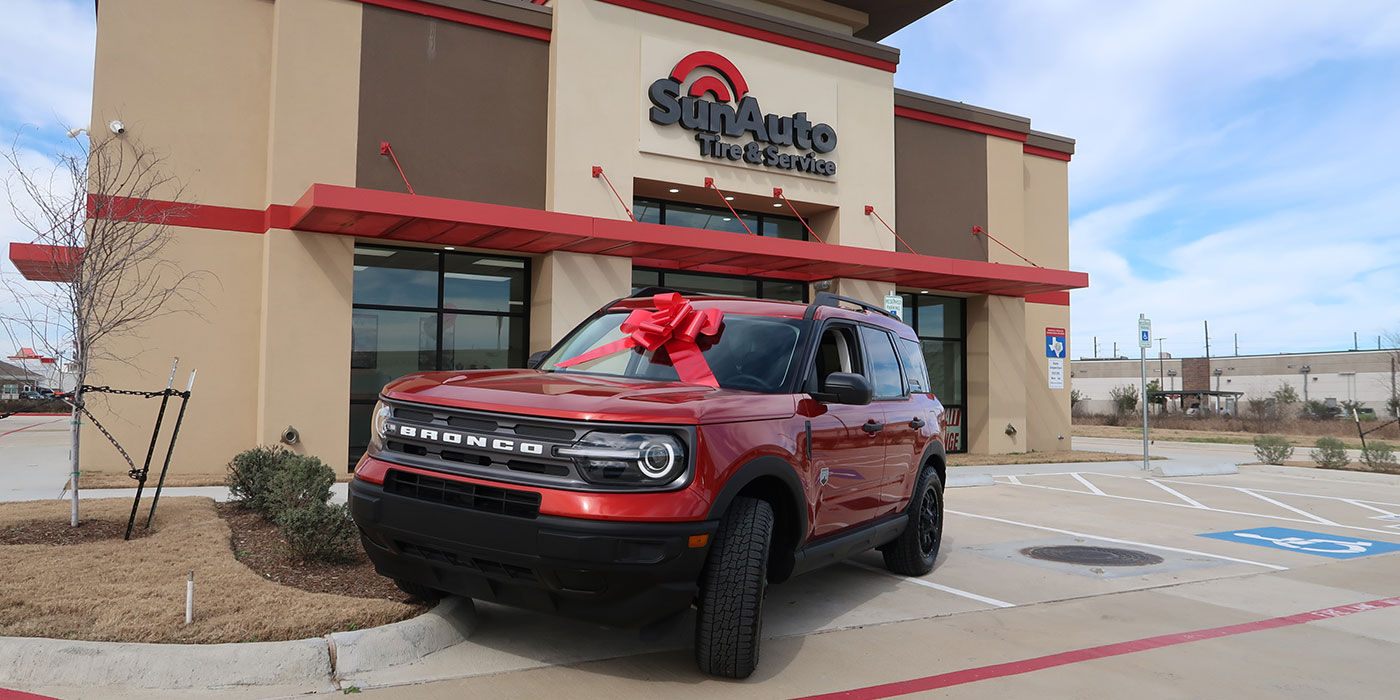By Scott Blair, Tire Review performance editor
How many times have you worked on a vehicle that has a modified suspension, either lifted or lowered, and wondered if you could perform that kind of work?
This issue will take you through the steps needed to lift a Nissan Titan and install a set of tires and wheels for a total package.
First, the truck: Nissan Titan, barely five months old.
The owner: Male, 25-35 (the exact demographics we would expect).
The goal: Turn this truck from stock to rock.
The days of fabricating parts for most of these applications are in the past, thanks to the high-quality parts from aftermarket companies. Today, companies like ProComp (explorerprocomp.com) have bolt-on kits that allow most any shop to install a lift kit right out of the box. Add to this factory training programs for installers and highly detailed instructions and tech help, and you have all of the tools needed to complete the job.
For our build, we’re going to install a Pro Comp 6-inch lift on a 2007 Titan. This article isn’t intended to demonstrate all of the steps to install the lift, just to let you see for yourself what’s involved and provide you with a possible income stream using your existing resources. The kit, part No. 59001, is packaged with everything from the cross member to the steering knuckle.
The kit has all of the parts needed, including Grade 8 up to Grade 10.9 hardware items, such as the brake-line drop, sway bar, bump stops, crossmembers and strut mounts.
You’ll also notice in the instructions several occurrences where ProComp indicates where a potential problem could arise and how to avoid it.
We start with the front installation by taking some measurements and recording their values. This will be used later when we set the ride height and prepare to check the alignment. We supported the vehicle according to the instructions and removed the skid plate and sway bar. Removing the caliper is next, making sure not to let the caliper hang by the brake hose.
Knock the outer tie rods loose from the knuckles. At this point, the CV axle can be removed, leading to the removal of the knuckle from the vehicle. After completing the next few steps, including supporting the differential and lowering it out of the way, the rear crossmember brace is removed.
Now, we’re ready to bolt on the new parts. The front crossmember is bolted into the original front A-arm mounting locations. (Photo 1).
Notice that cam bolts and block-off plates are used to allow for easy camber adjustment. The illustrations clearly indicate when and where to use supplied hardware and when to use the OE. Once all of the new parts are secure, raise the differential up and secure into the new crossmember. Reattach the lower A-arms, spacers, shocks, knuckles and ball joints. The completion of this process is straightforward, as you would expect.
Now that the front differential is in place and all OE components are reinstalled (Photo 2), we tackle the rear. The rear is the same process that has been around for decades. Supporting the differential, remove the shocks and brake lines. (Photo 3).
Remove the nuts on the factory U-bolts that hold the axle to the leaf springs. Lower the axle until you have enough clearance to insert a block that will give the rear the correct amount of lift to complement the front. Install the longer U-bolts supplied with the new hardware. Reattach brake lines and install the new, longer travel shocks.
Recheck all of the hardware fasteners before mounting the tires and wheels.
Speaking of tires and wheels, ProComp even tells us that we can run up to a 35-inch tall tire with a 8-inch wide wheel that has a 4.5- to 5-inch backside setting, or a 9-inch wide wheel that has a 5-inch backside setting. We wanted more, of course, so we performed a test fit using the Tire MountMate to see where a 20×10 wheel mounted with a 35×12.50R20 Nitto Mud Grappler would sit (Photo 4).
We simulated the 17 Karat wheel from Diamo that the customer liked.
Robert Westbrook, the installer, carefully removed the TPMS sensors from the OE wheels and installed them into the new wheels. One slick trick was to mount the tires and then depress the bead to install each sensor. This avoids the possibility of damaging them (Photo 5).
Using the wider wheel meant that we had to trim a little off the back edge of the front bumper and reposition the plastic inner fenderwell on the firewall side to prevent scrubbing (Photo 6).
Otherwise, it was a straightforward build-up.
The purpose of this article was to show you opportunities that are available if you do a little research, find a good supplier who will support you and decide that this is a market that you want to go after.
Don’t try this to ‘see what happens,’ or you may wind up very disappointed in the outcome. The total retail price for this package was around $4,000. That’s not bad for a day’s work.
Next month: We’ll finish the job by checking the alignment and making the necessary adjustments to make this ride a steady daily driver and keep the owner and his friends coming back for years.
A special thanks goes to the team at Total Performance Center in Theodore, AL, for helping with this project.



